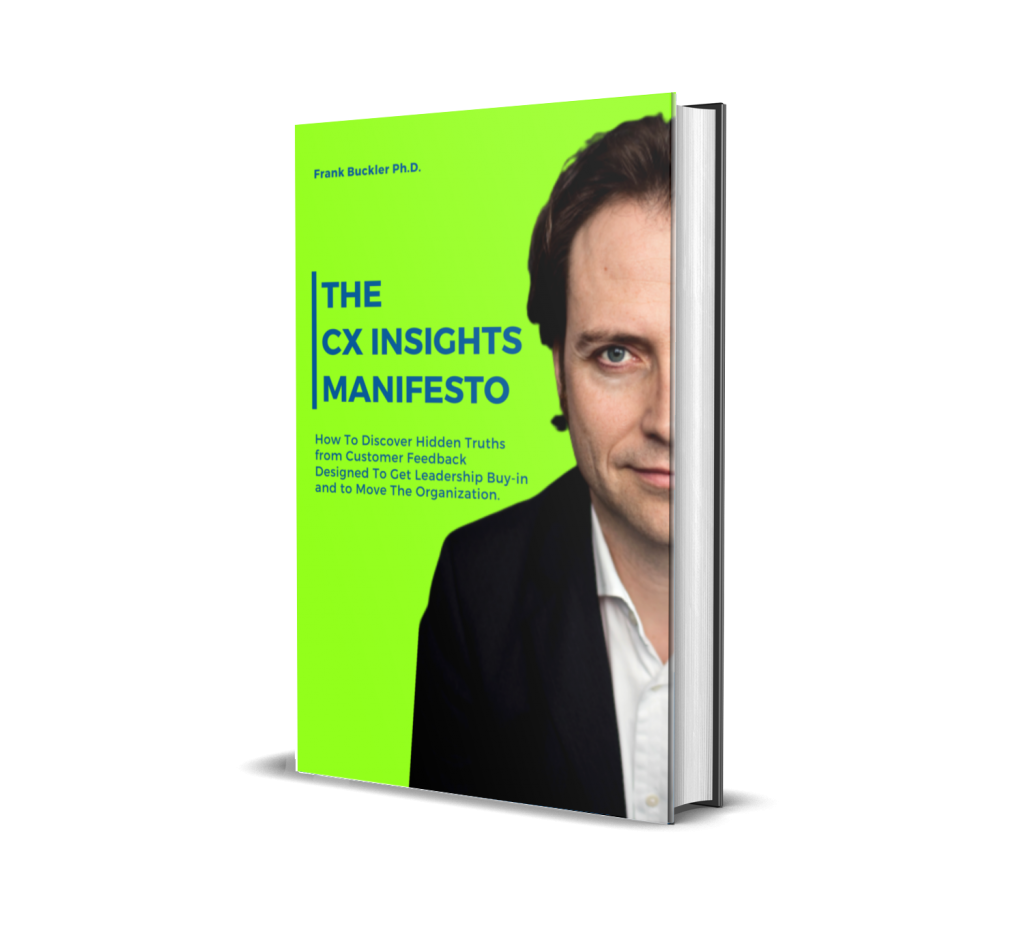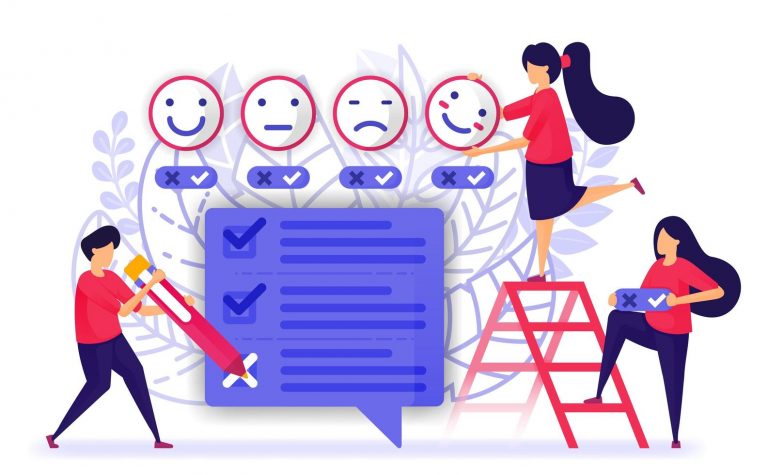AI today can automate a variety of research processes, from text coding, facial reading to eye tracking. Then AI can help synthesize copy, pictures, videos, and one-on-one service interactions.
But still, something fundamental is missing.
Automating to read customer feedback still does not include
Automating to read customer feedback still does not include understanding which of the customer feedback has to biggest impact when improving the matter.
Also, to craft a good copy, I need to know what separates a “good” from a “not so good” copy.
Any marketing and sales action relies on a simple assumption. The causal assumption is that an action will lead to a particular outcome.
AI now can help us to find those models and causal assumptions about the world that will be most impactful.
AI-powered operative learning loops
Imagine you run a weekly newsletter that drives traffic to your website and specific offers. AI can be used to optimize the conversion process in many stages. Image it increases open rates from 40 to 50%, click rates from 4 to 5%, and landing page conversion from 4 to 5%. This will result in a sales increase of 100%.
Based on enough examples, AI can not only predict which subject line, picture, and copy will convert better, it can also tell us why.
Further, we can use AI to create subject lines, pictures, and copy at scale and use this to perform multivariate massive-scale experiments. Instead of sending all 10.000 recipients one or two versions, you can now send 500 different versions every week.
Causal AI then can learn from the outcomes of these massive experimentations.
Causal-AI powered strategies
Besides the tactical optimization of marketing and sales process like the newsletter sent out, AI is used to understand winning strategies.
This is actually where Success Drivers has specialized in for more than 10 years. We helped T-Mobile to build a winning go-to-market strategy. We found the right product strategy for SONOS to foster growth. We enabled METLIFE to distill the winning DNA of successful advertising.
Now we are focusing with CX.AI on gaining strategic directives with AI from the customer feedback nearly every brand gathers today.
Its outcome is even used to enable proper organizational learning as feedback shouldn’t be just delivered to the frontline. Instead, it needs an AI-powered filter and sorting process to make customer-facing units draw the right conclusions.













